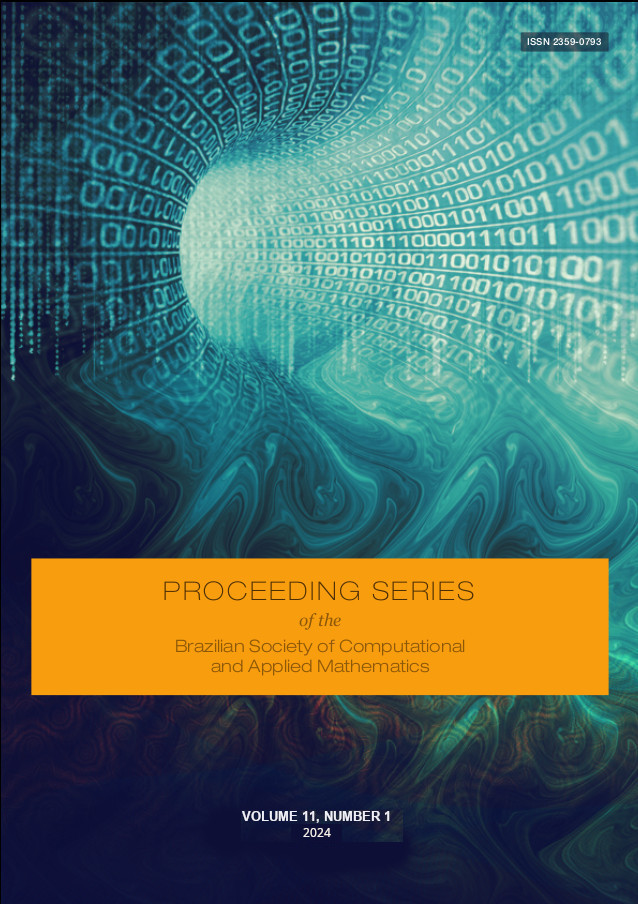Correspondences between topological properties of mobility networks and the spread of COVID-19 in Brazil
Keywords:
COVID-19, mobility networks, urban mobility, graph analysis, BrazilAbstract
The COVID-19 pandemic, driven by the SARS-CoV-2 virus, has emerged as a global crisis, deeply impacting nations and communities worldwide. Originating in Wuhan, China, in late 2019, the disease quickly transcended national borders, challenging healthcare systems, economies, and daily life. It has brought to light the intersection between public health and urban mobility. The virus spread intrinsically links to human movement and urban connectivity. Investigating the complex mobility network in urban areas, between cities, and at a global level is essential to understand how people are infected and subsequently transmit the virus. In this context, graph analysis emerges as a robust methodology for examining mobility, providing a systematic approach to model and comprehend the intricate dynamics of disease spread. Several studies have delved into the nuanced relationship between urban mobility patterns and the transmission of COVID-19. We explore the correspondences between the onset of COVID-19 cases and urban mobility in Brazilian cities, showing that network metrics such as degree, strength, and betweenness can sort cities that first presented notifications. The present study is an adaptation of previous work, which investigates the correspondence between the structure of the terrestrial mobility network and the emergence of the virus in Brazil. We have expanded our analysis to include additional transport modes and modified the methodology to incorporate a filtering step, as well as refine the way we calculate the correspondences between COVID-19 and mobility data.
Downloads
References
A. Arenas, W. Cota, J. Gómez-Gardeñes, S. Gómez, C. Granell, J. T. Matamalas, D. Soriano-Paños, and B. Steinegger. “Modeling the spatiotemporal epidemic spreading of COVID-19 and the impact of mobility and social distancing interventions”. In: Physical Review X 10.4 (2020). Published, p. 041055. doi: 10.1103/PhysRevX.10.041055.
A.-L. Barabási and M. Pósfai. Network science. Cambridge Series in Statistical and Probabilistic Mathematics. Cambridge University Press, 2016. isbn: 9781107076266.
V. L. S. Freitas, T. C. R. O. Konstantyner, J. F. Mendes, C. S. N. Sepetauskas, and L. B. L. Santos. “The correspondence between the structure of the terrestrial mobility network and the spreading of COVID-19 in Brazil”. In: Cadernos de Saúde Pública 36 (2020), pp. 1–12. doi: https://doi.org/10.1590/0102-311X00184820.
M. U. G. Kraemer, C.-H. Yang, B. Gutierrez, C.-H. Wu, B. Klein, D. M. Pigott, Open COVID-19 Data Working Group, L. Du Plessis, N. R. Faria, R. Li, et al. “The effect of human mobility and control measures on the COVID-19 epidemic in China”. In: Science 368.6490 (2020). Published, pp. 493–497. doi: 10.1126/science.abb4218.

